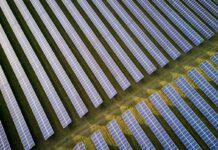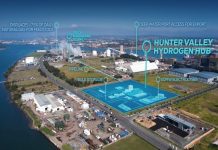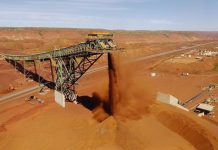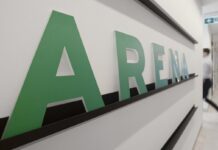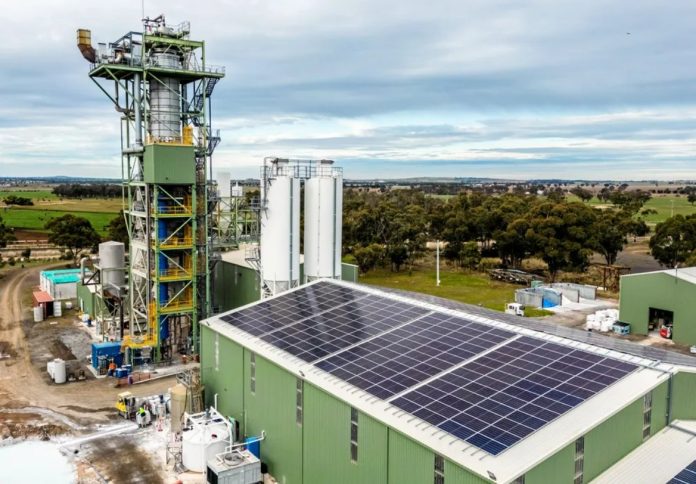
The Australian Renewable Energy Agency (ARENA) has announced a $44.9 million commitment to support Calix in developing a demonstration plant using its Zero Emissions Steel Technology (ZESTY), a step aimed at advancing Australia’s green steel ambitions.
The proposed facility will use renewable electricity and hydrogen to produce up to 30,000 tonnes of low-carbon hydrogen direct reduced iron (HDRI) and hot briquetted iron (HBI) annually.
The initiative is intended to prove the viability of cleaner steelmaking processes and strengthen Australia’s role in the global push to decarbonise heavy industry, ARENA said in a news release.
The project builds on earlier ARENA-funded engineering studies and incorporates Calix’s proprietary Flash Calciner technology, designed to reduce the cost of green iron production.
It will also include early-stage engineering work for a future commercial-scale ZESTY plant.
ARENA CEO Darren Miller said the project addresses one of the major challenges in industrial decarbonisation.
“As the world’s largest producer and exporter of iron ore, Australia has a critical role in reducing emissions across the steel value chain,” Miller said. “ZESTY is a strong step toward building a low-emissions steel industry at home.”
Miller highlighted ZESTY’s potential to optimise hydrogen use, a key factor in reducing the costs of green iron. “What makes ZESTY so compelling is its potential to dramatically lower the amount of hydrogen required to convert iron ore into pure iron,” he said.
“ZESTY, in combination with use of renewable electricity from Australia’s world-class solar and wind resources, has the potential to create a new green iron industry targeting both domestic and export markets as the world transitions away from fossil fuels.”
Calix CEO Phil Hodgson said the funding is a major boost for efforts to decarbonise steelmaking. “Green iron can tackle one of the world’s hardest to abate emissions sources while adding value to Australia’s biggest export,” Hodgson said.
“ZESTY is designed to do this cost effectively – minimising hydrogen use, avoiding pelletisation, and operating flexibly on low-cost electricity.”



